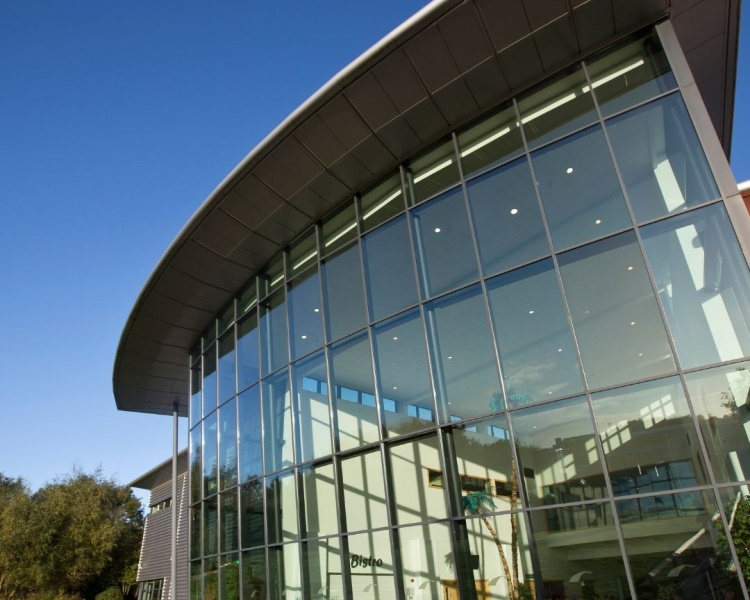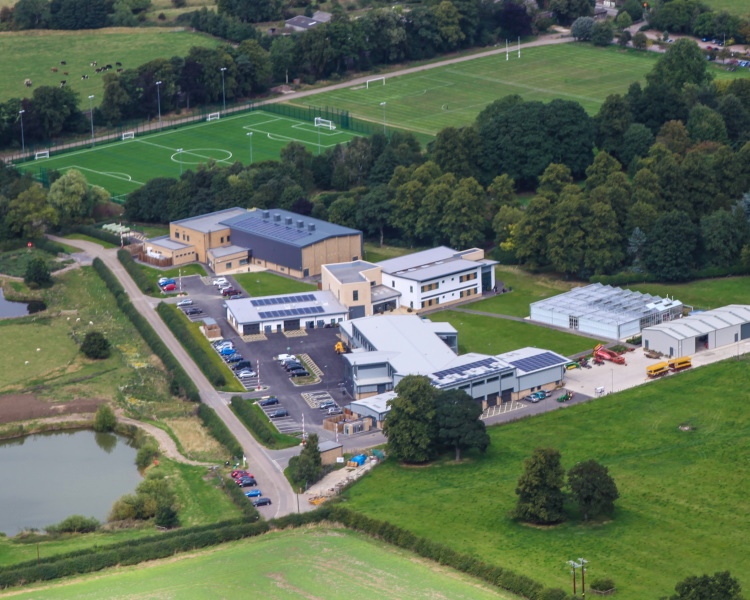How to Apply
Runs at
Stephenson CampusLevel
Level 3Mode
Full-TimeThe broad purpose of the occupation is working in an exciting and dynamic environment which could be in an office or on a construction site at the heart of the contracting organisations including versatile activities using digital processes and systems to secure future projects and to enable progress and completion of actual construction sites. Technicians within this specific career area are engaged to interpret, analyse, contribute and directly assist construction contracting professionals working with a wide range of project resources and documentation regularly interacting with internal and external customers.
Technicians will also develop a range of highly transferable knowledge, skills and behaviours that can be applied across a range of large and small construction companies and in associated contracting job roles including public and private sector work. In their daily work, an employee in this occupation interacts with professional and technical teams across different parts of the organisation, potentially on a range of sites or in an office environment. They will liaise with external organisations either through site or office communications due to the need to ensure built environment activities and services are progressed at the right time, to high quality standards, with accurate designs and at competitive rates. Interaction also includes working with other construction contracting operations technicians in areas that include estimating, planning, buying, site, quantity surveying and design and build because their respective processes interact with each other during the whole life cycle of a construction project.
An employee in this occupation will be responsible for supporting construction contracting teams with the inputting and progression of digital project information linked to resources using industry standard and specialist software in office and site environments. They will develop key information and enhance timely interaction with professional site and technical teams from internal and external organisations, linked to projects either at development, construction or maintenance phases.
Effectively recognising site hazards and safe working practices with thorough knowledge of relevant health, safety and environmental legislation to ensure compliance with company site procedures and processes. They will be able to analyse, extract and produce a variety of contract and project documents that will enable the effective operation and progression of construction contracting activities. They will ensure timely communication linked to the progress and completion of all tasks that they are set with a clear mandate to identify any issues as and when they arise; wherever possible resolving those issues using their own initiative.
-
What will I learn?
Knowledge:- K1: Appropriate construction principles, mathematical and technical knowledge of site technologies such as methods used to design, plan, build or maintain built environment projects. K2: Statutory health, safety and welfare policies, procedures and regulations, including safe working practices and how to comply with them. K3: Workplace health, safety and welfare requirements including site and office-based protocols and legislation. K4: Use of appropriate construction terminology during verbal communications. Tailoring communication to the audience. K5: The different types of built environment contracts, project documentation, technical drawings and procurement processes in order to support the production of resource lists. K6: Appropriate digital construction processes and systems and their use in the sector such as Building Information Modelling (BIM) or other computer-based software packages. K7: Project tendering, measurement and costing systems to assist with the planning of schedules of work and to provide early warning of problems for all contract phases on site. K8: Equality, diversity and inclusion, and its impact on built environment solutions. K9: Appropriate surveying methods and techniques used to develop information to contribute to the measurement, evaluation and review of project performance. K10: The code of conduct of relevant professional bodies and institutions and their professional obligation to make a contribution to society. K11: Ethical principles as applied to construction and the built environment. K12: Written communication techniques and the production of technical reports. K13: Information technology: Management Information Systems (MIS), word processing, virtual communication, General Data Protection Regulation (GDPR), cyber security. Skills:- S1: Apply and integrate appropriate mathematical and technical knowledge in the completion of built environment site and/or office processes to contribute to the coordination of construction projects. S2: Comply with health and safety regulations and procedures. Identify and document risks and hazards. Apply statutory and company environmental and safe working practices. Produce construction project risk assessment and method statements. S3: Communicate verbally to internal and external stakeholders using a range of techniques in line with company policies. S4: Interpret and abstract contract documentation to develop site solutions. S5: Apply digital construction processes to produce resource lists from tender and contract documentation. S6: The use of project tendering, measurement and costing systems to assist with the planning of schedules of work and to provide early warning of problems for all contract phases on site. S7: Plan, carry out and manage own work in line with management requirements, assessing tasks, scheduling work, achieving deadlines, reviewing performance and keeping records of work undertaken. S8: Apply sustainable principles and low carbon processes in order to implement site environmental solutions. S9: Use information technology. For example, for document creation, communication, and information management. Comply with GDPR and cyber security S10: Plan and undertake continued professional development (CPD) to maintain and enhance competence in their own area of practice. S11: Communicate in written form to internal and external stakeholders using a range of techniques and reporting mechanisms in line with company policies, using construction and built environment terminology.
-
How will I be assessed?
Assessment will take place when your Assessor/Trainer visits your workplace. They will help you identify suitable work evidence to collect, observe your performance, give guidance when writing personal statements, carry out professional discussions and give you feedback on how you have met the learning outcomes and evidence requirements. At each visit, the Assessor/Trainer will agree and record an action plan with you and provide you with written feedback.
-
Where could this course lead to?
Progression routes include progression onto a Degree programme.
-
How long is the course?
This apprenticeship is over 24 months. 24 months of training and then 3 months for the EPA.



